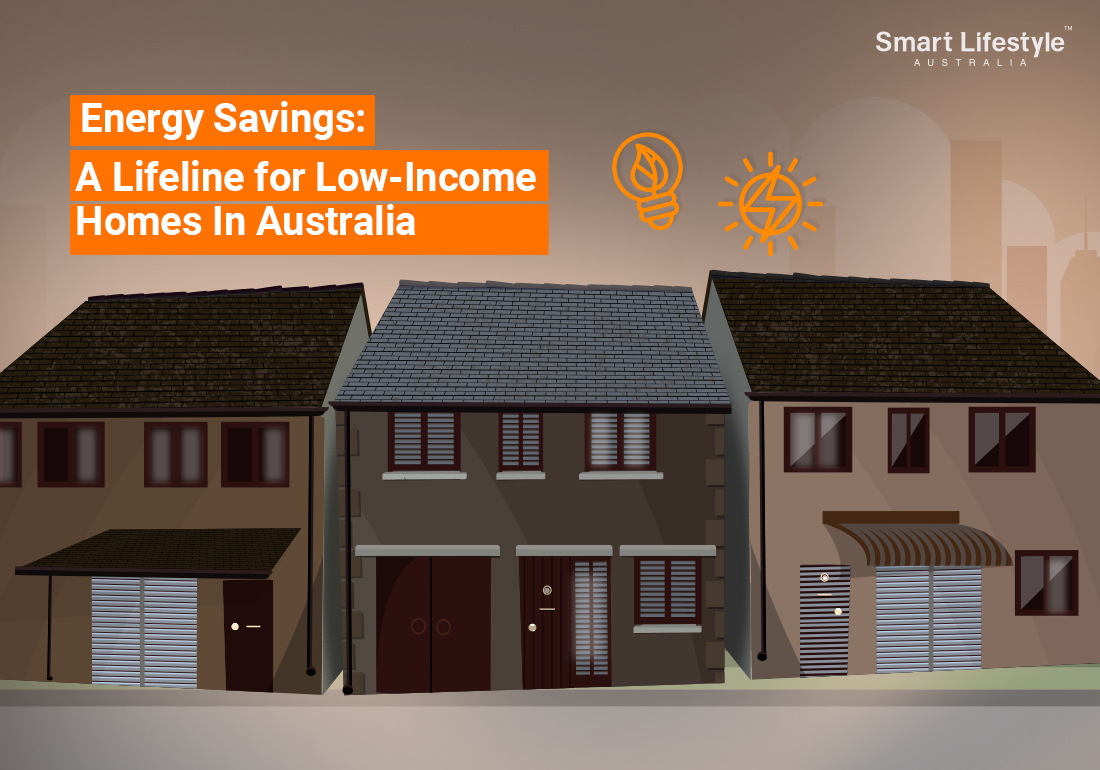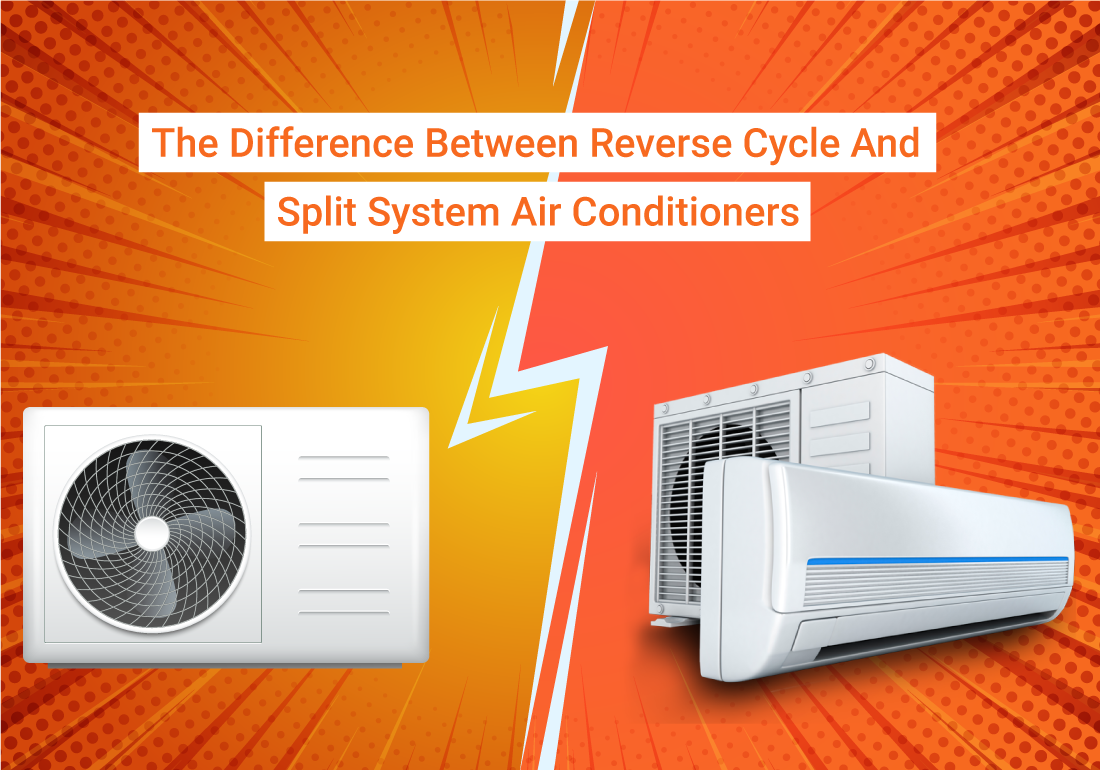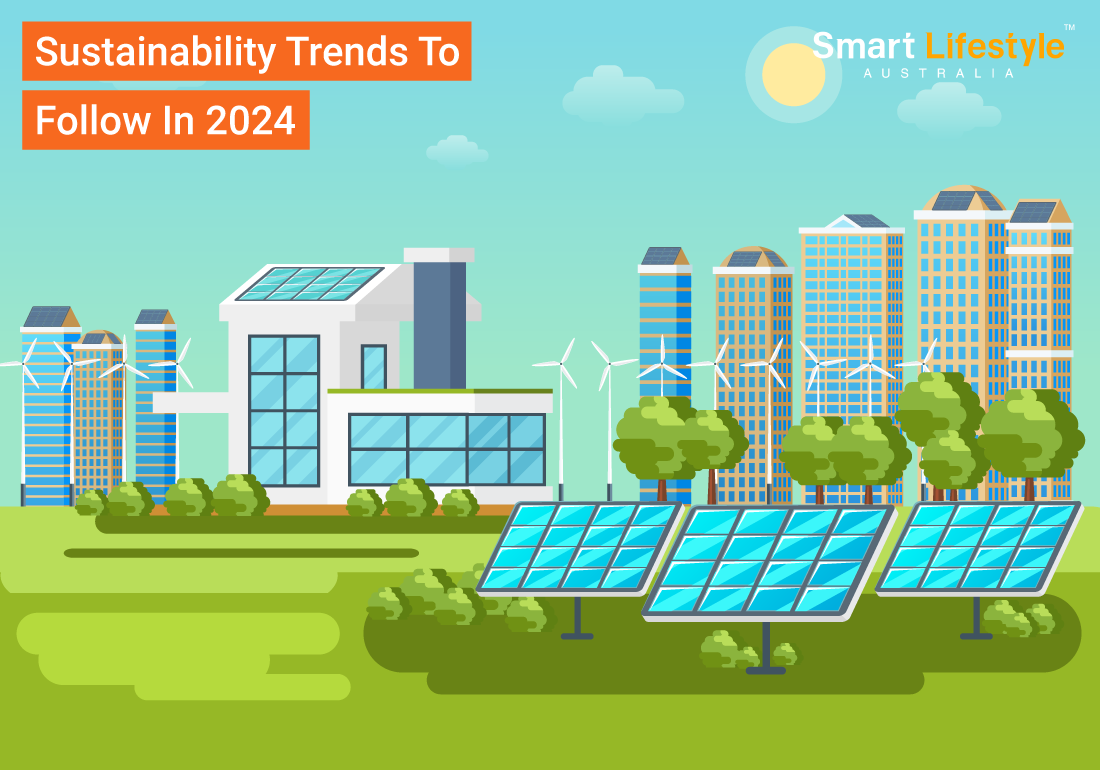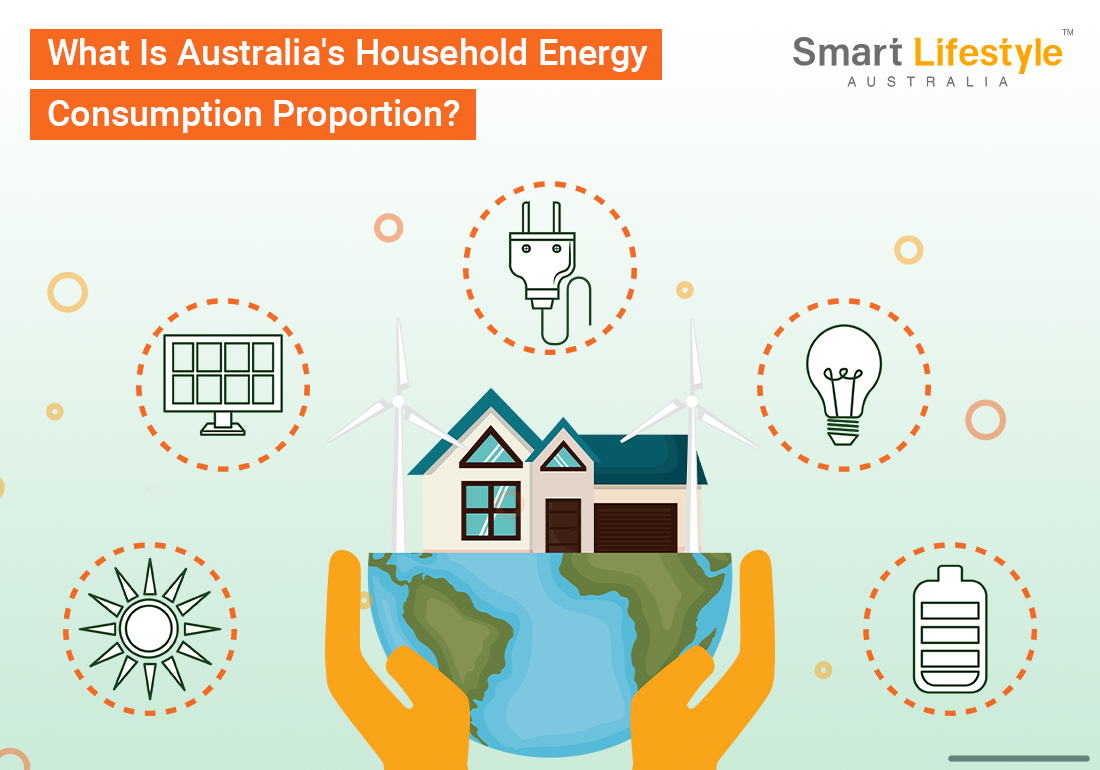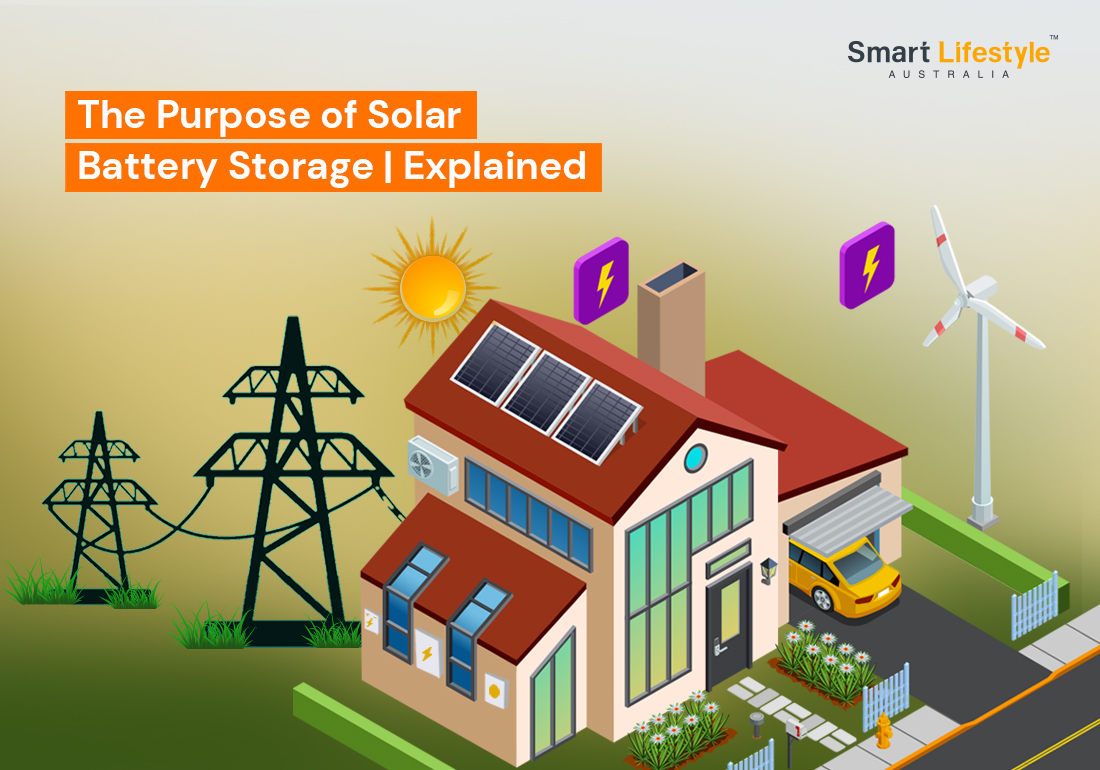Over the past ten years, electricity prices in Australia have risen, with an annual growth rate of 8%. This increase is more than double the rate of wage growth (3.1%).
The primary drivers behind these price hikes have been the rising energy costs. However, wholesale prices and other expenses have also played a role. There has been a significant focus on evaluating the efficiency and fairness of the Australian retail electricity market.
Energy savings can be a lifeline for low-income homes in Australia. However, the issue of energy affordability goes beyond just pricing and extends to a broader context. We must consider government income support and its interplay with wages and living costs.
It can assess whether people can maintain a satisfactory standard of living, including access to essential services like energy.
Additionally, the energy-efficient rating of homes and the potential to enhance it through capital investments and appliance replacements play a crucial role in determining energy costs.
Rising energy prices are an ongoing debate in Australia about income and wealth inequality. Low-income households in Australia face unique challenges regarding the energy crisis.
What Are The Challenges for Low-income Homes?
High Energy Costs
Limited Income
Energy Inefficiency

Lack of Energy Efficiency Upgrades
Energy Insecurity
Limited Access to Renewable Energy
Inadequate Income Support
Complex Energy Market
Limited Awareness and Education
Disconnection and Debt
Rental Housing Challenges
Climate Change Vulnerability
Low-income households are often more vulnerable to the impacts of climate change, including extreme heat or cold events, which can lead to increased energy consumption and associated costs.
By addressing these challenges, low-income households in Australia access affordable and sustainable energy solutions while reducing energy-related hardships.
Energy Savings As A Lifeline for Low-income Homes
Energy savings can play a crucial role in addressing the energy crisis for low-income households in Australia by providing several benefits.
Here are some strategies and initiatives that low-income households can consider to overcome these challenges:
Cost Reduction
Improved Energy Efficiency
Low-income households often use older, less efficient appliances and heating/cooling systems. They can benefit from energy efficiency upgrades to their homes.
Simple measures like sealing drafts, adding insulation, and using energy-efficient appliances can significantly reduce energy consumption and cost over time.
Government programs and grants are often available to assist low-income households in making these improvements. These programs can provide financial assistance or subsidies for energy-efficient upgrades.
Solar Panels and Battery Storage
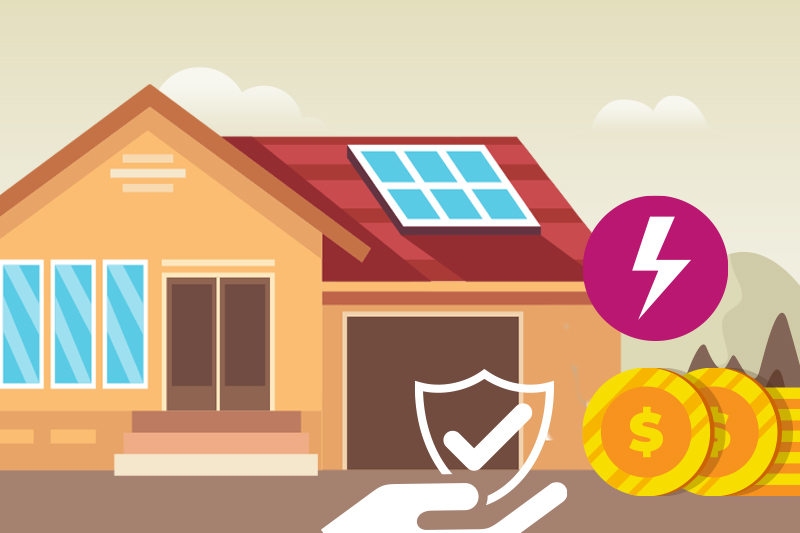
Installing solar panels and battery storage systems can help low-income households generate electricity and reduce their reliance on the grid. Government incentives and rebates may be available to offset the initial costs.
Solar energy can also generate income through feed-in tariffs, where excess energy is sold back to the grid.
Energy Discounts and Concessions
Budgeting and Financial Assistance
Budgeting and financial counselling services can help low-income families manage their energy expenses effectively. These services can guide how to allocate limited funds to cover essential costs.
Various government programs and charities may offer financial assistance to help with energy bills during times of crisis.
Community Support and Networks
Local community organisations and support networks can be valuable resources for low-income households. These groups often provide assistance, share energy-saving tips, and offer guidance on navigating energy-related challenges.
Energy Education
Advocacy and Policy Engagement
Social Safety Nets and Income Support
Energy-Related Financial Counselling
Seek out energy-related financial counselling services specialising in assisting individuals and families facing energy crises. These services can provide tailored advice and support.
Low-income households in Australia can benefit from a combination of individual actions, community support, and advocacy efforts to address the challenges posed by the energy crisis.
To effectively implement energy-saving measures for low-income households, government policies, incentives, and programs can play a pivotal role in providing financial support and education on energy-efficient practices.
Additionally, community-based initiatives and partnerships with non-profit organisations can help ensure these benefits reach those who most need them.
Government Support for Energy Savings In Low-income Homes
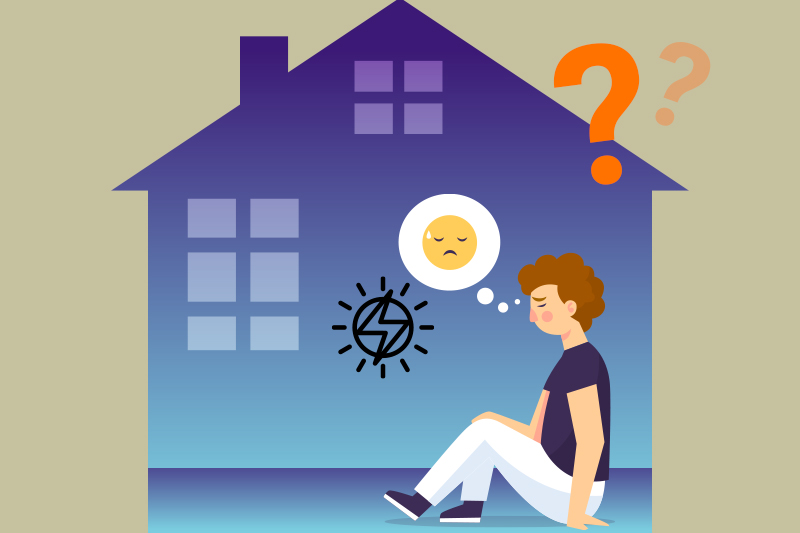
Various government grant programs are accessible to aid businesses in securing funding for energy efficiency initiatives.
Eligibility criteria may vary significantly between programs and regions, so reviewing the funding guidelines is advisable.
Before pursuing any financing option, conducting an energy assessment is wise. The information provided here is for general reference only and should not be considered professional advice.
It’s advisable to seek independent legal, financial, taxation, or other advice customised to your circumstances.
Here is a summary of the financing opportunities available in the Australian energy sector:
Australian Government Financing
Explore support, funding, assistance packages, and loans from various government levels on business.gov.au.
Check your readiness to apply for a grant to improve your understanding of the application process and increase your chances of securing funding.
Discover energy programs supporting Australian businesses on the Energy Programs page.
Visit GrantConnect, the Australian Government’s central hub for grants.
Tax Incentives
Research and Development Tax Incentive (R&DTI): Provides tax offsets to encourage research and development investments by Australian companies.
Instant asset write-off: Allows businesses to claim deductions upfront instead of through depreciation, benefiting small and medium-sized businesses until June 30, 2023.
Backing Business Investment (BBI): Accelerates depreciation deductions for eligible assets acquired from March 12, 2020, until June 30, 2021.
Leveraging Tax Incentives for Energy Performance
Clean Energy Finance Corporation (CEFC)
State and Territory Government Financing
Mandatory Obligation Schemes
Rebates and Assistance
Other Financing Arrangements
Environmental Upgrade Finance (EUF): Allows financiers to cover retrofit costs recovered through a council levy paid by building owners, who may pass on part of the charge to tenants.
Energy Performance Contracts (EPCs): A financing method in the commercial building sector where energy service companies guarantee reduced energy bills for tenants.
Loan Financing: Offers traditional loans and arrangements that avoid upfront costs, with repayments based on energy savings.
Leasing: Enables companies to manage energy efficiency projects within operational budgets by leasing equipment.
On-Bill Financing: Allows businesses to install and upgrade energy-efficient equipment financed by energy utilities, with repayments made through monthly power bills. Ownership is transferred upon final payment.
Smart Lifestyle Australia is always here to support all your energy-efficient needs. Get all our energy-efficient products at a reasonable price. Go to Smart Lifestyle Australia now!
